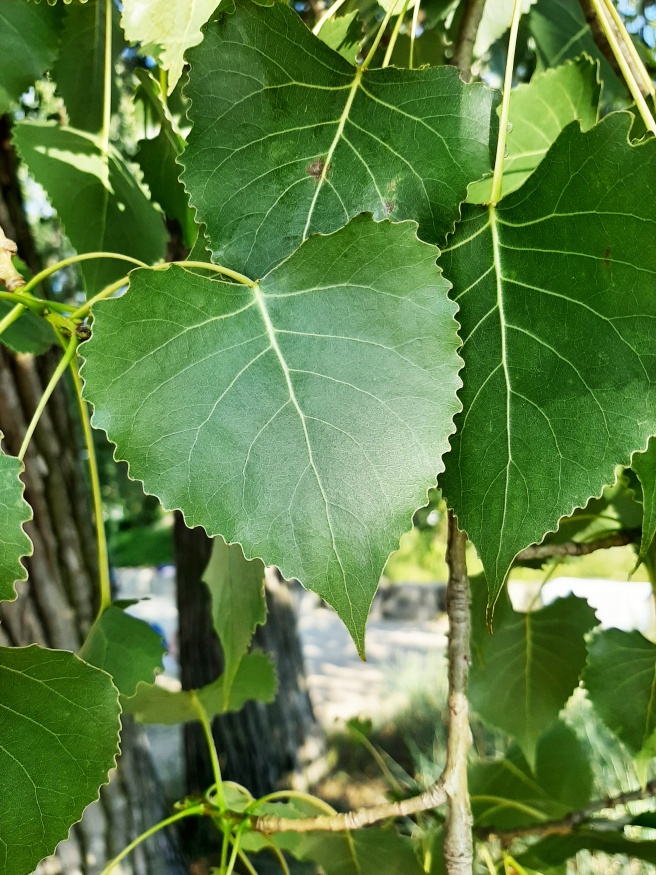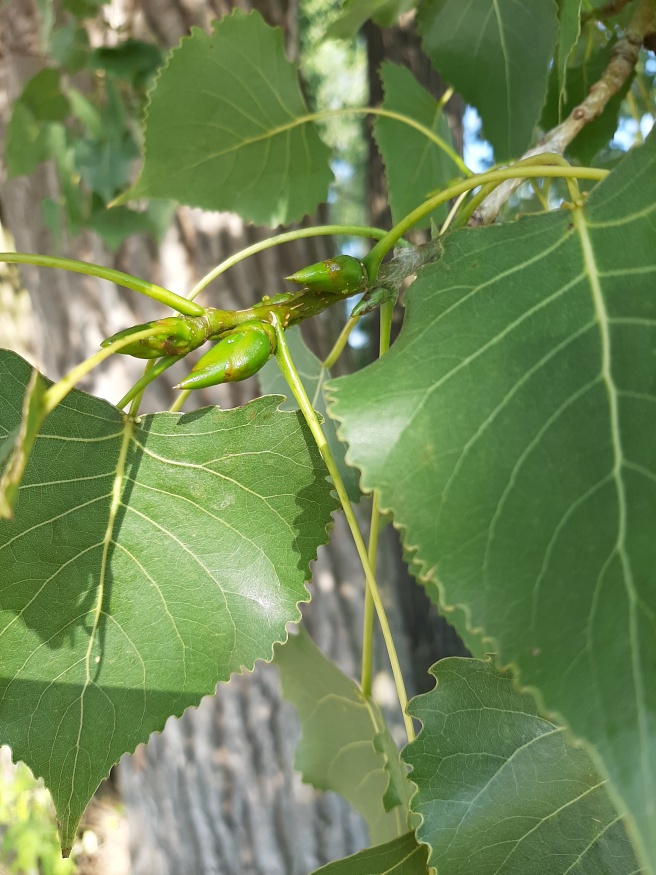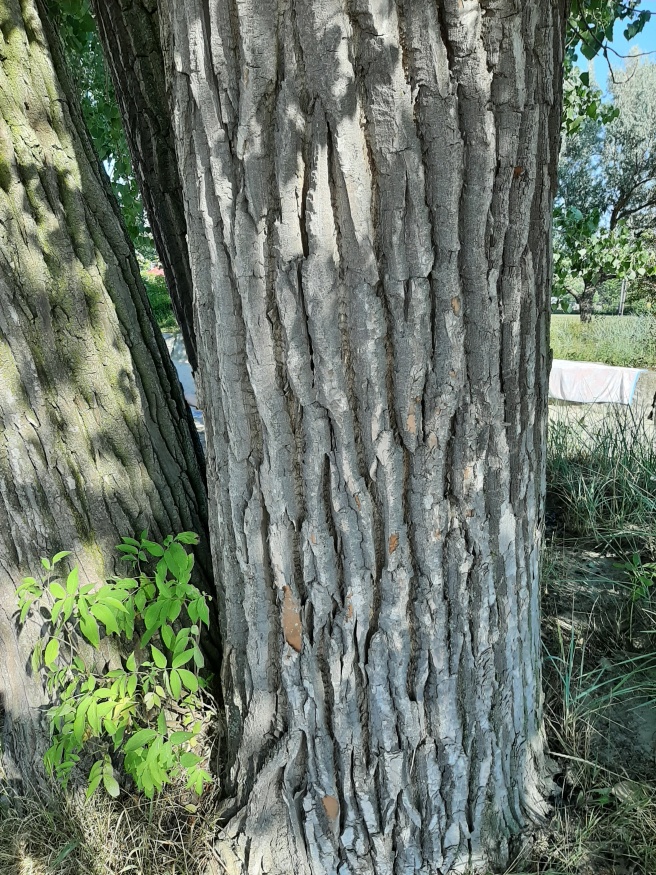Eastern Cottonwood

Other Names: eastern poplar
Family: Salicaceae Native to: Eastern North America, Interior North America
Hardy to zone: 3
Eco benefits: water filtration, erosion control
Natural habitat: swamps & bogs, waters edge, floodplains
Shapes: oblong
Height: 75-100ft
width: 50-75ft
Growth rate: fast
Lifespan: 50-100 years
Unique attractions: bark
Common uses: reforestation, landscaping
Diseases: powdery mildew, conifer - aspen rust, lombardy leafminer, Eupithecia subfuscata (Haworth), Asian longhorned beetle, aspen carpenterworm, aspen twoleaf tier, carpenterworm, poplar-and-willow borer, cottonwood crown borer, poplar borer, poplar bud gall mite
Light: full sun
Soil: moist and fertile, well drained, tolerates heavy clay, tolerates wet feet, drought tolerant, ph adaptable
Reproduction type: dioecious

The eastern cottonwood is a large tree native to, but not common in Canada. As a tree more widespread in the United States, It is restricted to a few patches in Southern Ontario. The cottonwood is a very fast growing weak-wooded tree reaching to 4 - 6 ft in diameter. Because of this and its messy seed dispersal and vigorous root system, it is not recommended for tight urban spaces. In an open or country setting, however, the tree can be a beautiful landscape specimen.

The eastern cottonwood can be identified by its deeply ridged and furrowed bark, cottony seed tufts (on female trees), and triangular toothed leaves. Its Leaves are often used to feed livestock due to their high protein content. Cottonwoods are Dioecious, producing either make or female catkins. Like other poplars they easily hybridized with other species which can present a challenge for identification.

References
The Arboretum, (n.d.). Eastern Cottonwood - Populus delotides. Retrieved from https://www.uoguelph.ca/arboretum/thingstosee/trees/easterncottonwood
Natural Resources Canada, (n.d.). Eastern cottonwood. Retrieved from https://tidcf.nrcan.gc.ca/en/trees/factsheet/54
Illinois Wildflowers, (n.d.). Eastern cottonwood. Retrieved from https://www.illinoiswildflowers.info/trees/plants/cottonwood.htm
The Morton Arboretum, (n.d.). Eastern cottonwood. Retrieved from https://www.mortonarb.org/trees-plants/tree-plant-descriptions/eastern-cottonwood